Our new standing rigging arrived this past Wednesday. It took two days to unpack it, make sure it was all correct, and then attach it all to the mast. The crane arrived on Friday and lifted the mast with it’s new rigging back onto the boat. The pictures below show how that whole sequence of events happened.
Since it was late on a Friday when all this work was completed, the boat won’t be put back in the water until Monday (the yard is closed on the weekends). It then has to sit in the water for 24 hours before the final rigging tension adjustments can be made and we can return to our home slip. We will then have one final post in this series (Part 5) showing the launching and all the other work we accomplished with the boat out of the water.
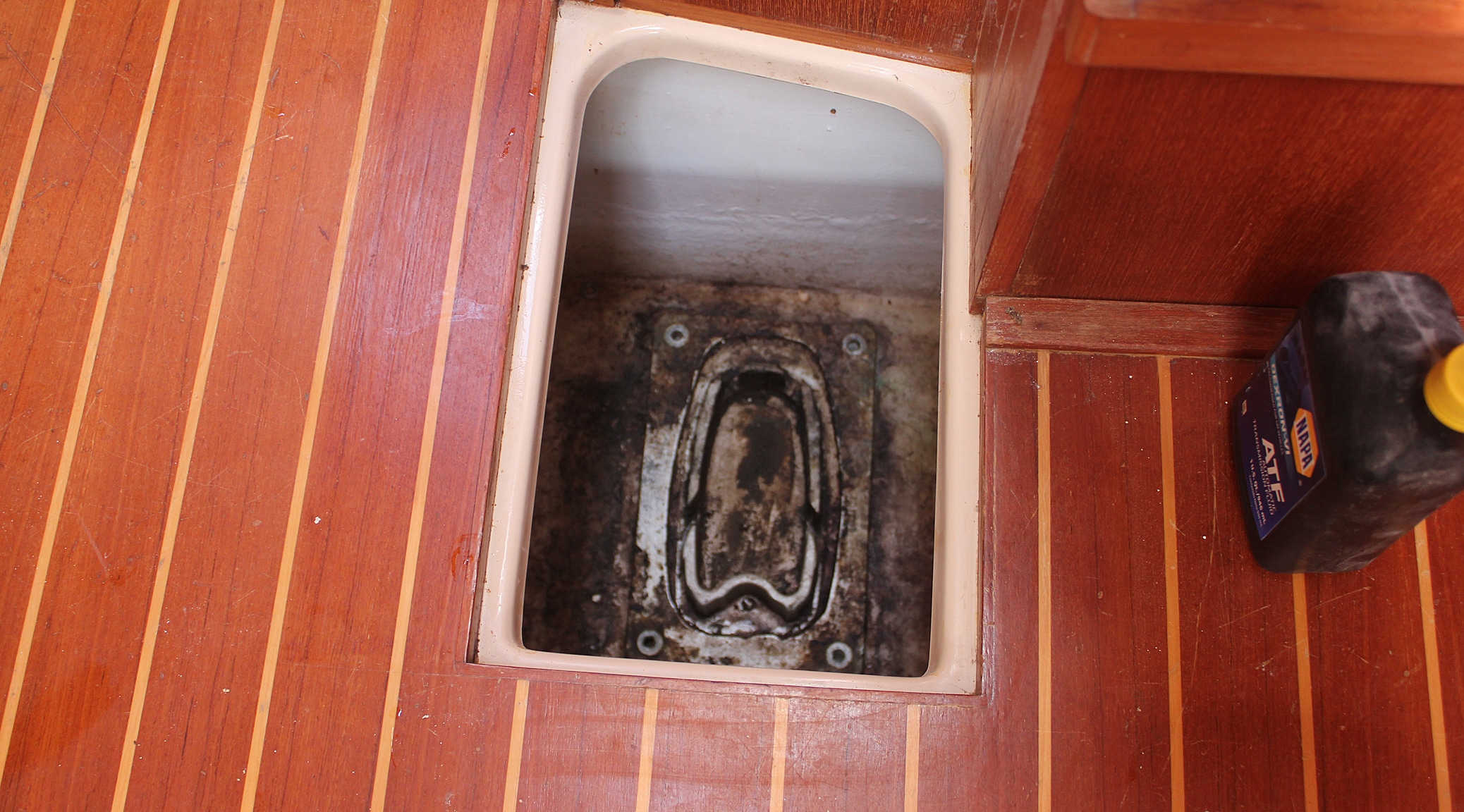
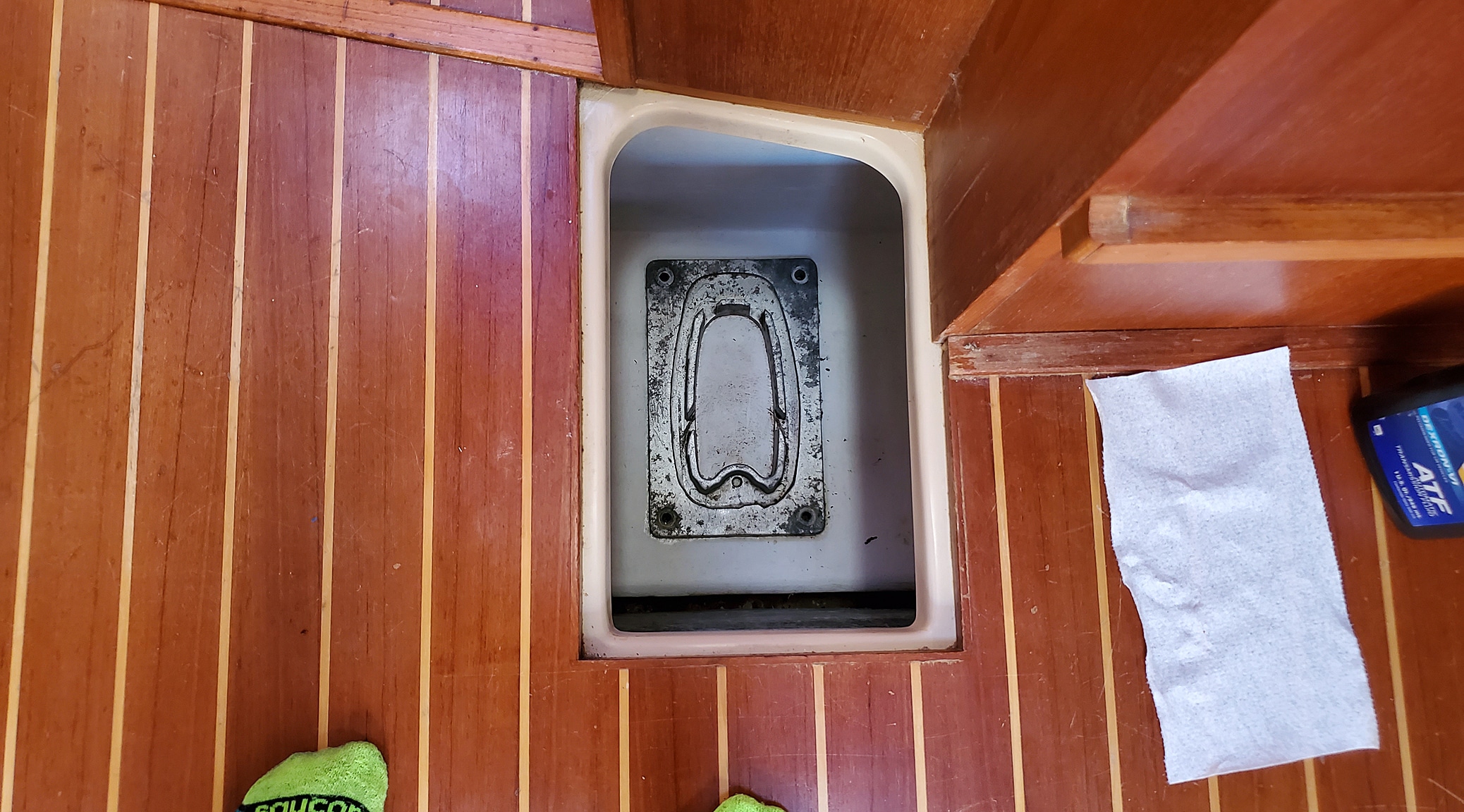

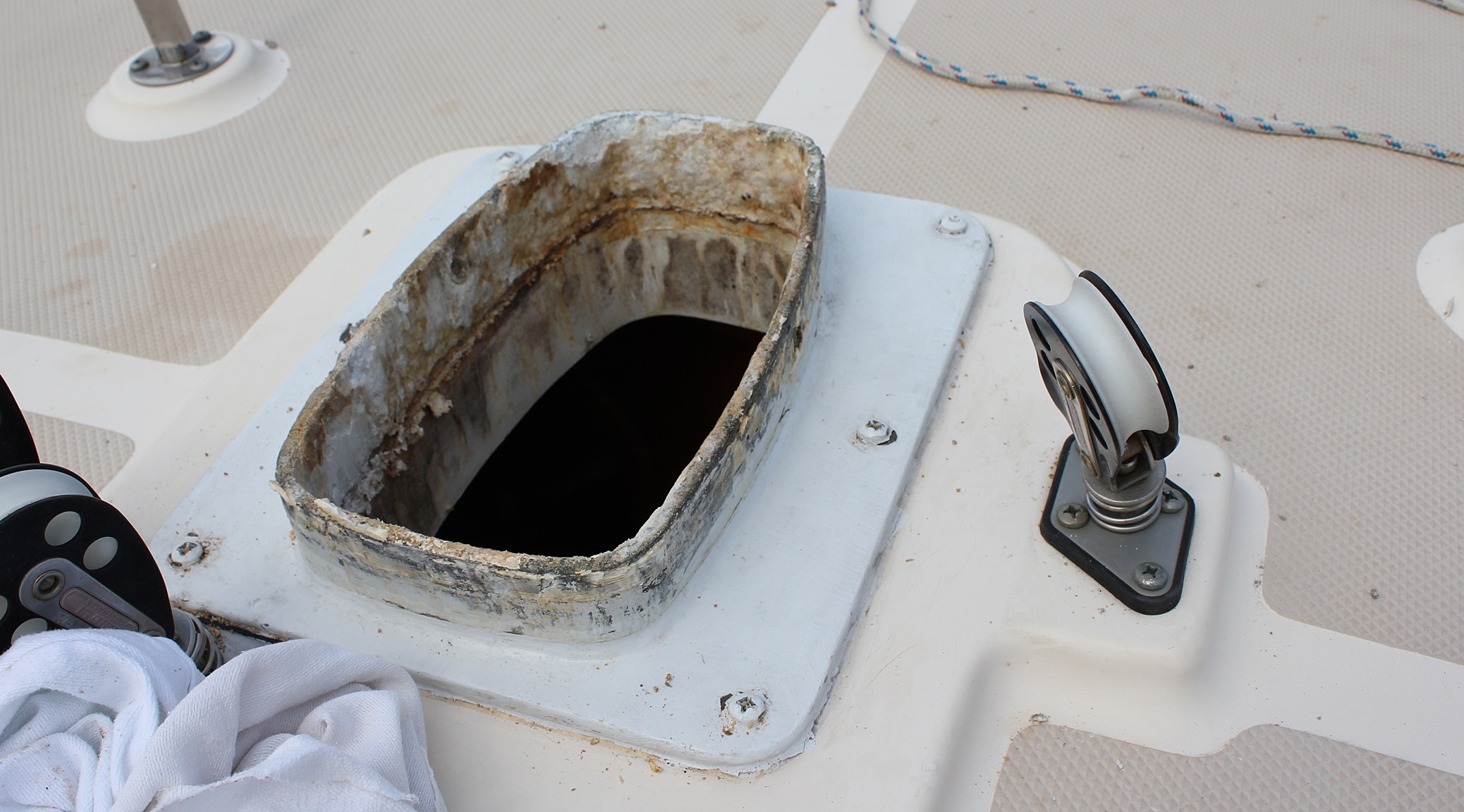
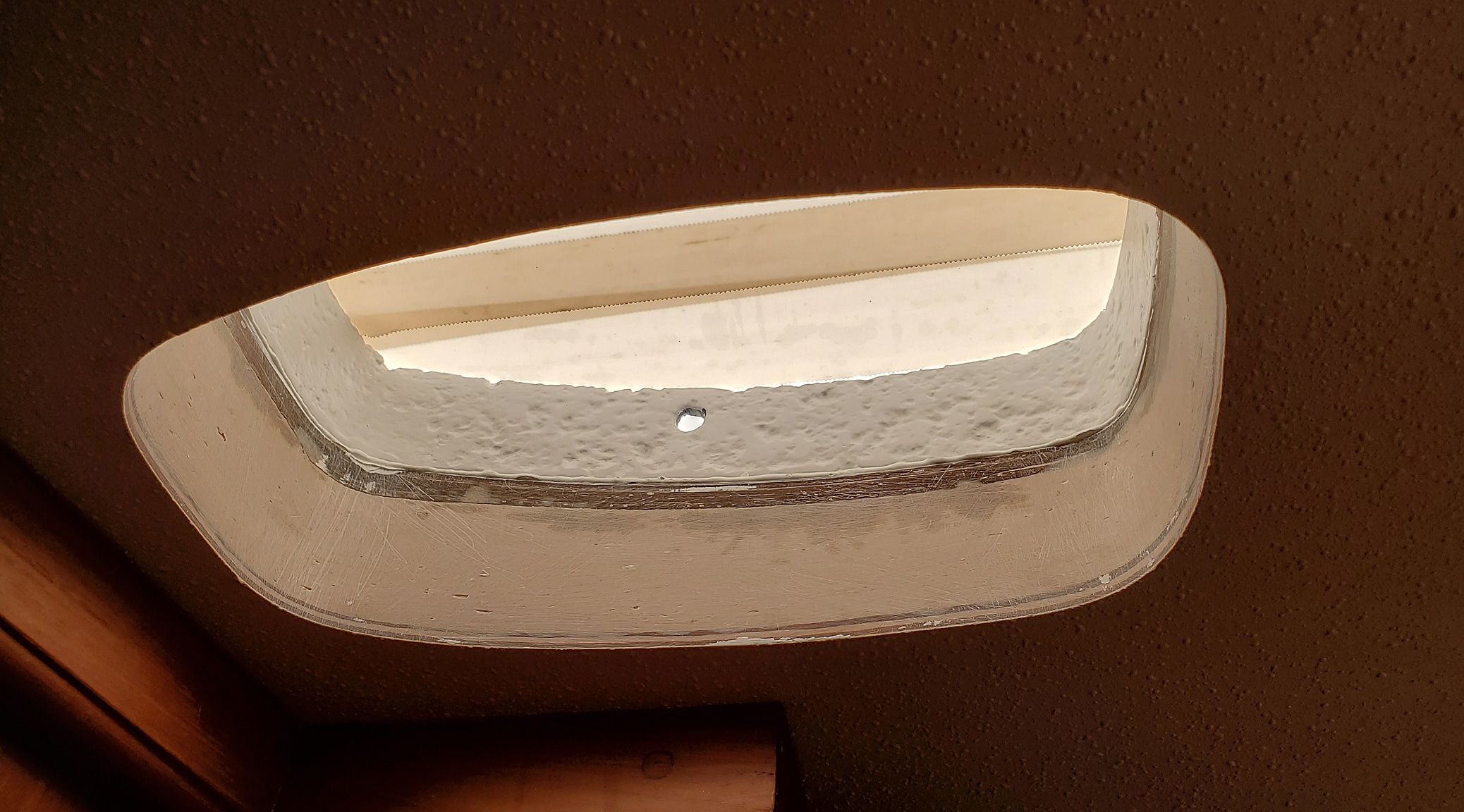
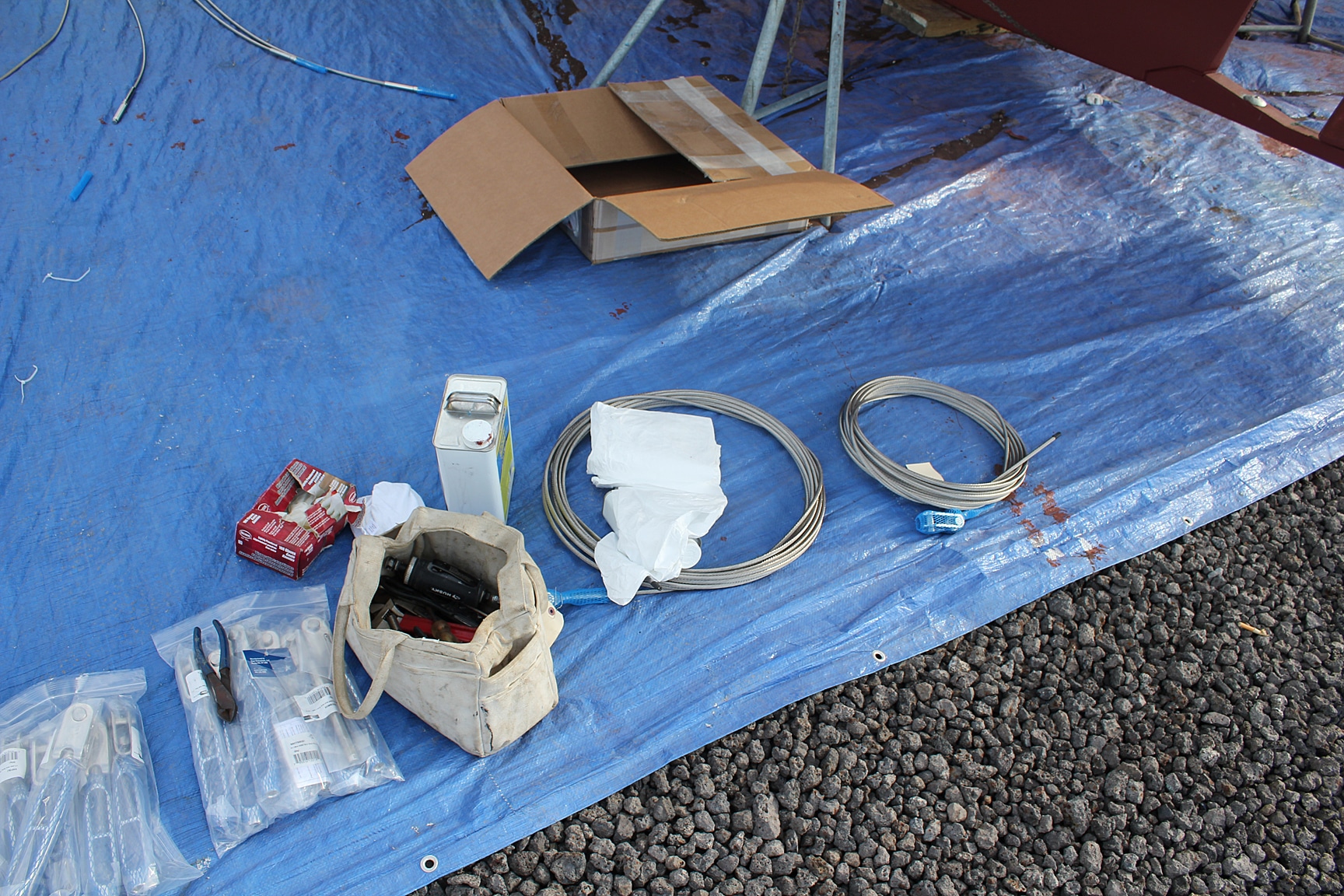
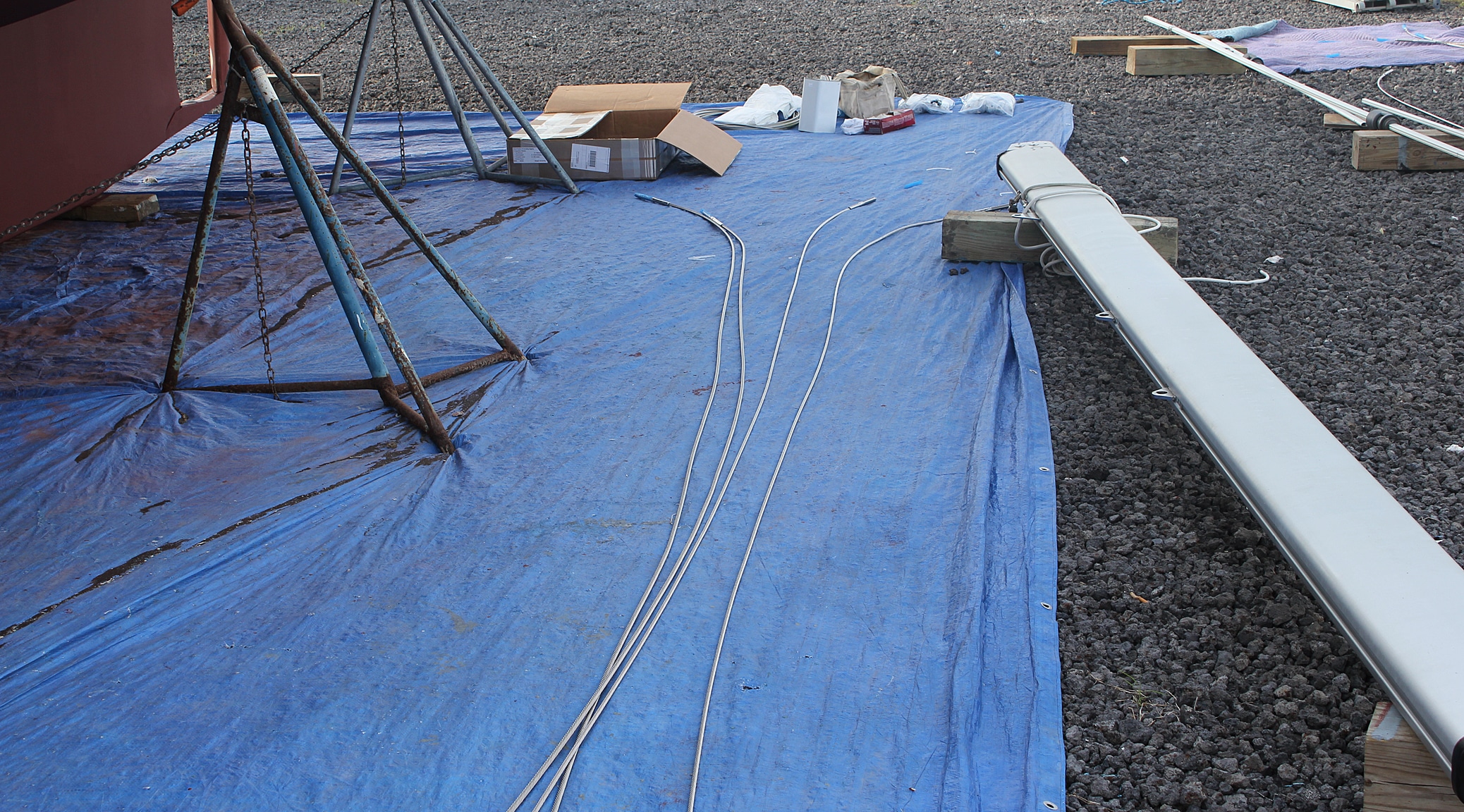




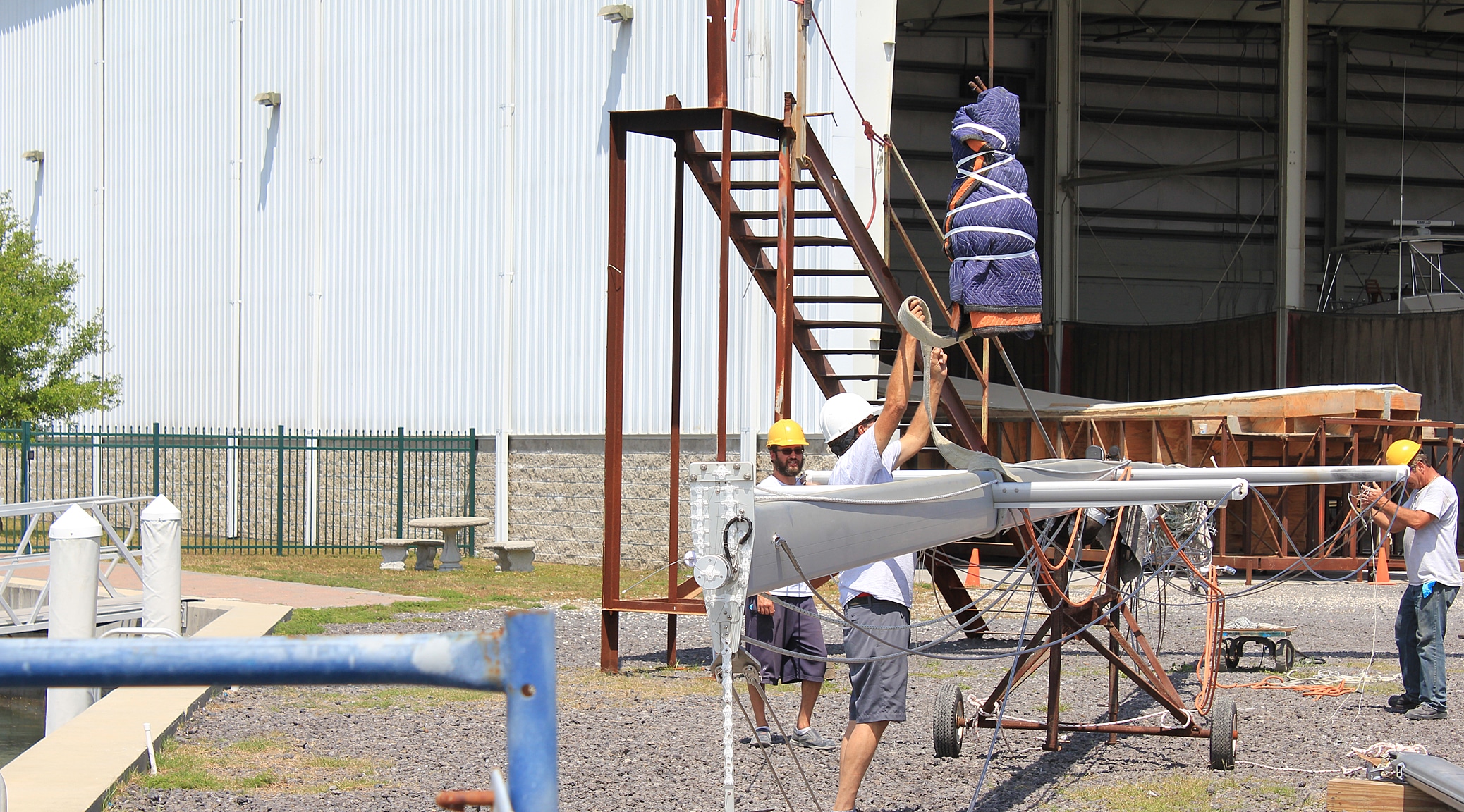

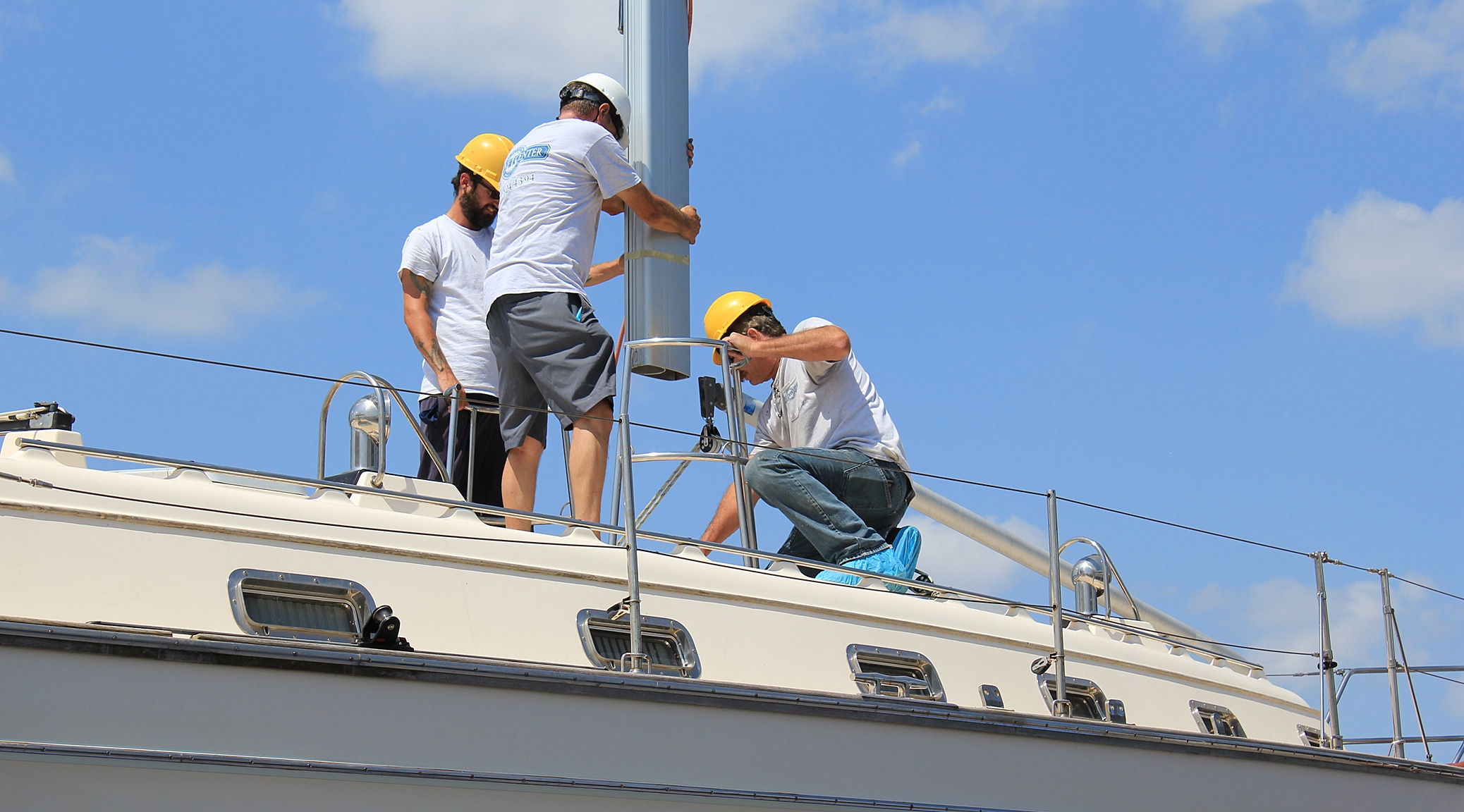

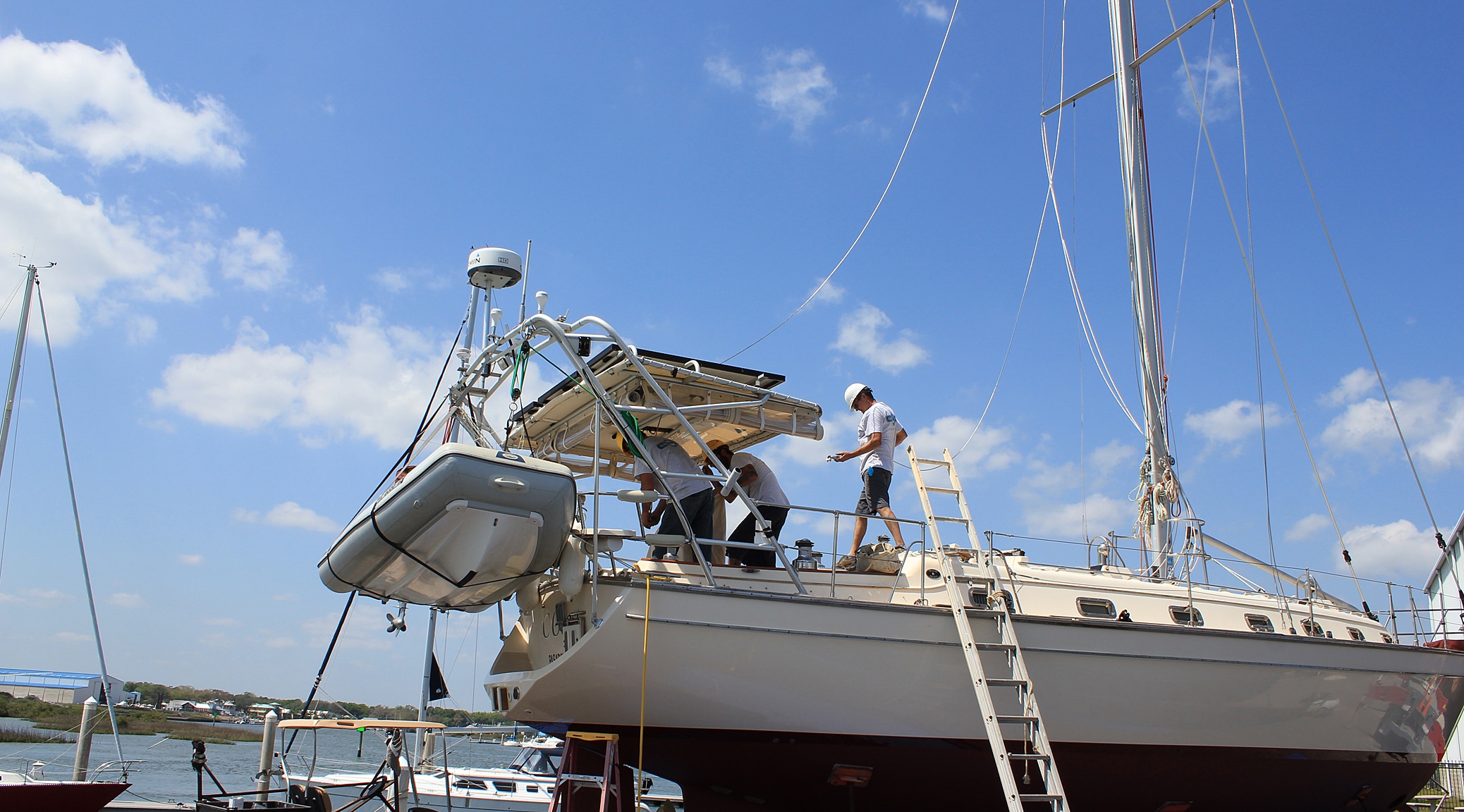
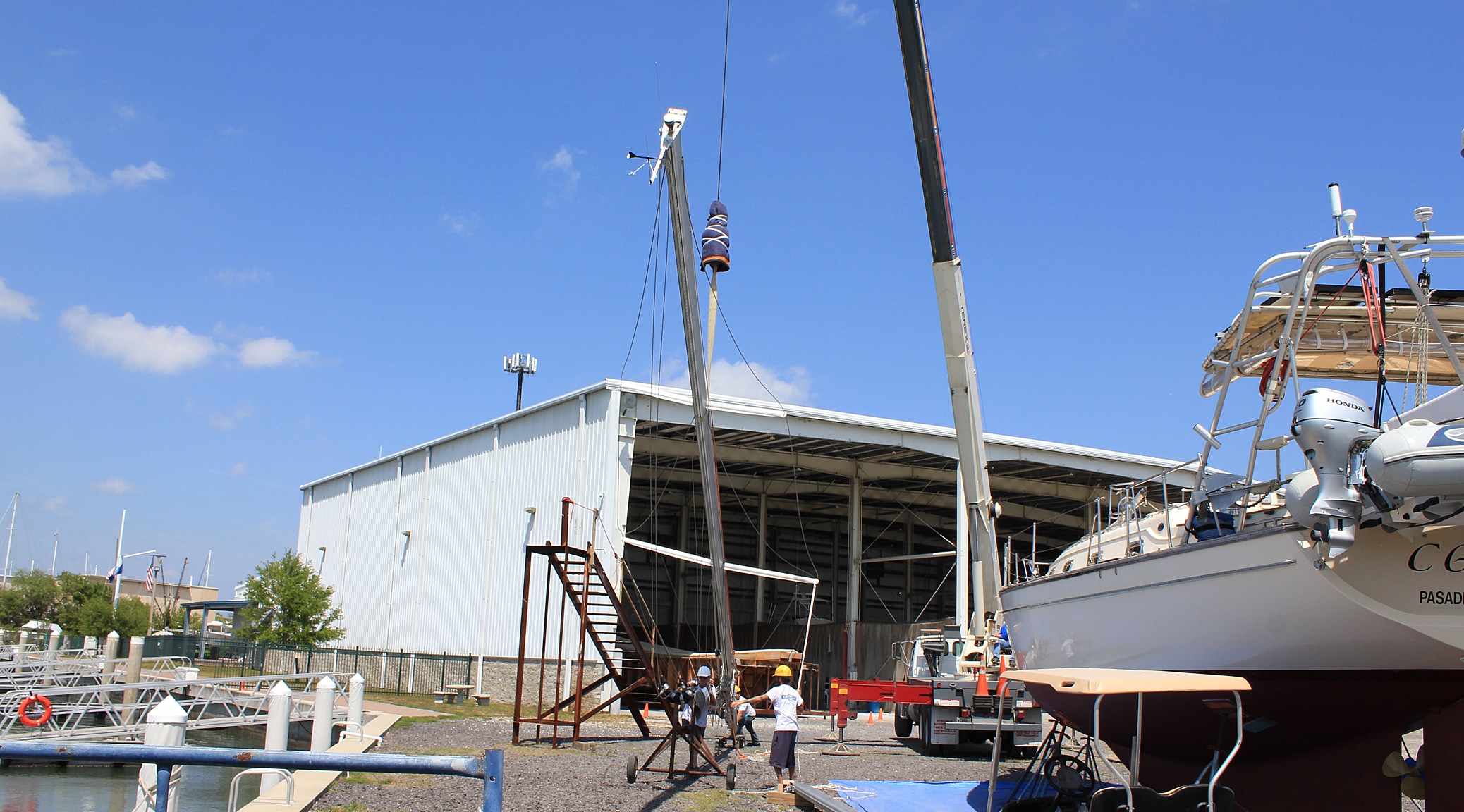

One Response
so glad my mast was smaller than me.